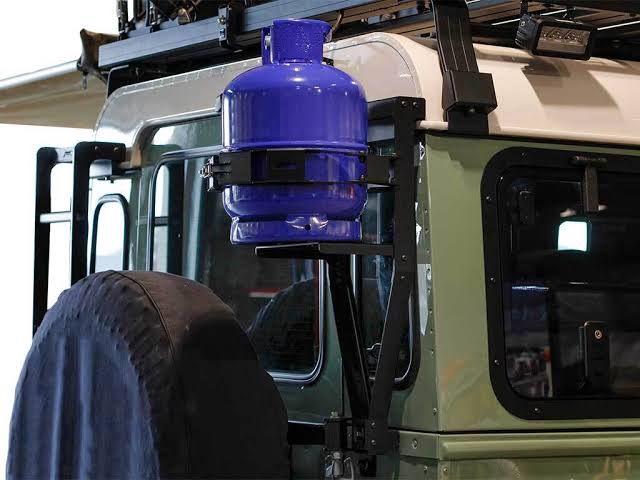There are exemptions in terms of SANS 10231
- Exemptions
- Exemptions related to the nature of the transport operation
The requirements of this standard shall not apply to the following:
A) the transport of dangerous goods by private individuals where the goods in question are packaged for retail sale and are intended for their personal or domestic use or for their leisure or sporting activities;
NOTE Dangerous goods in IBCs, large packagings or tanks in excess of exempted quantities are not considered to be for personal or domestic use or for their leisure or sporting activities.
B) the transport of machinery or equipment not specified in this clause and which contain dangerous goods in their internal or operational equipment, provided that measures have been taken to prevent any leakage of contents in normal conditions of transport;
C) the transport undertaken by or under the supervision of the emergency services, insofar as such transport is necessary in relation to the emergency response, in particular transport undertaken
1.by breakdown vehicles carrying vehicles which have been involved in accidents or have broken down and contain dangerous goods; or
2. to contain and recover the dangerous goods involved in an incident or accident and move them to a safe place;
D) emergency transport intended to save human lives or protect the environment provided that all measures are taken to ensure that such transport is carried out in complete safety;
E) the transport of goods exempt from road transport regulations by special provision in SANS 10228, or in terms of table 1; and
F) the goods transported by a bona fide farmer or an employee of the farmer and are intended for use in farming operations, provided that
- the goods are not used for resale either in their original form or in combination with any other substance,
2. the journey does not exceed 250 km of which no more than 50 km shall be on a main arterial road designated with an N number,
SANS 10231:2018
Edition 4.1
3. the quantity of classified dangerous goods in liquid form does not exceed 1 000 L,
4. the quantity of classified dangerous goods in solid form does not exceed 1 000 kg, and
5. the quantity of classified dangerous goods transported in a mixed load containing goods in both liquid and solid form, in kilograms and litres, does not exceed 1
NOTE These exemptions should not apply to class 1 and class 7 substances. For any applicable exemptions, refer to the relevant national legislation (see foreword).
7.4.2 Exemptions related to the transport of gases
The requirements of this standard shall not apply to
A) gases contained in the tanks of a vehicle, performing a transport operation and destined for its propulsion, or for the operation of any of its equipment (for example refrigerating equipment), and
B) gases contained in the fuel tanks of vehicles transported. The fuel cock between gas tank and engine shall be closed and the electric contact
7.4.3 Exemptions related to the transport of liquid fuels
The requirements of this standard shall not apply to:
A) fuel contained in tanks of a vehicle performing a transport operation and intended for the operation of any of its equipment with the following restrictions:
- when contained in tanks permanently connected to the vehicle’s engine or auxiliary equipment (or both), it shall not exceed the quantities specified in table 2; and
2. when contained in portable fuel containers (such as Jerricans), a maximum of 60 L may be carried per vehicle, or combination of vehicles;
Table 2 — Exempted vehicles
| 1 | 2 |
| Transport unit | Maximum quantity
L |
| Drawing vehicle | 1 500 |
| Combination | 1 500 |
| Trailer | 500 |
B) fuel contained in the tanks of vehicles or of other means of conveyance (such as boats), which are carried as a load, where it is destined for their propulsion or the operation of any of their Any fuel cocks between the engine or equipment and the fuel tank shall be closed during carriage unless it is essential for the equipment to remain operational. The load shall be loaded upright and secured against falling; and
C) the goods are moved between adjacent premises, not more than 1 km
Also view:
Transporting and Using Gas Outdoors
